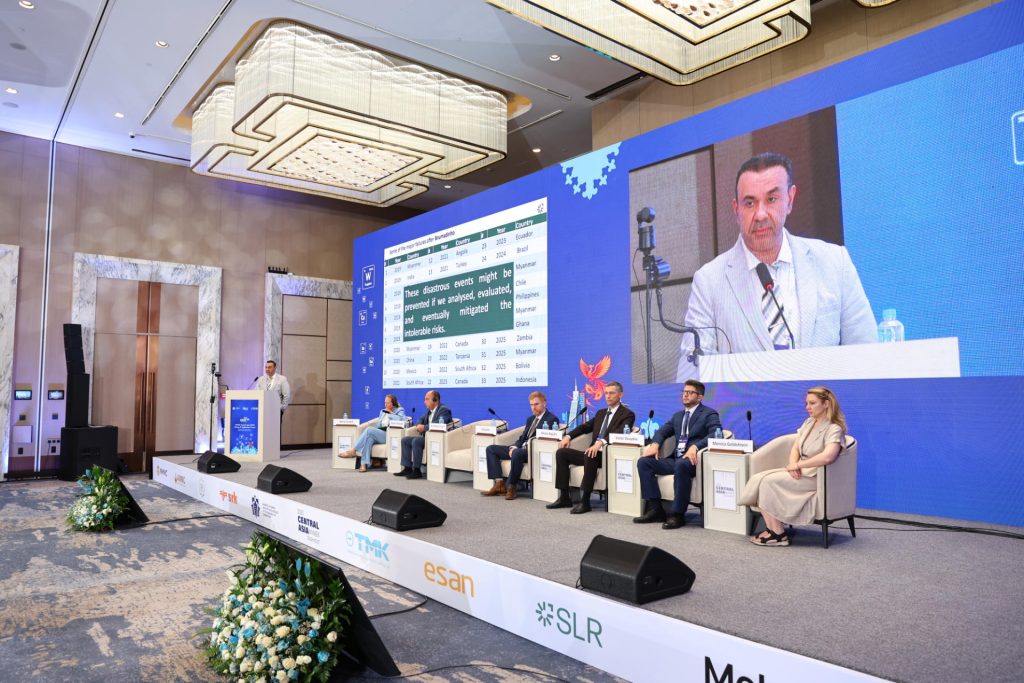Central Asia is at a critical juncture, facing the environmental legacy of past industrial and mining activities while striving for a sustainable, responsible future. The region’s mining sector must contend with the consequences of unsustainable practices—such as ecosystem damage, water resource strain, and community health impacts—yet it also stands to benefit from abundant renewable energy, global investment, and a growing focus on low-carbon technologies and ESG (environmental, social, governance) standards.
Responsible mining and remediation:
There is an urgent need to move away from traditional extraction-only approaches toward integrated models that balance economic growth with environmental stewardship. Restoration of land and water resources—damaged by years of overexploitation and pollution—is now prioritised, utilising innovative rehabilitation and monitoring strategies.
Water and waste management:
With increasing climate sensitivity and pressure on regional aquifers and rivers (such as the Amu Darya), sustainable water use in mining is critical. Solutions discussed include stormwater harvesting, improved dam lining, reducing evaporation and seepage losses, and regional collaboration for shared water resources.
Risk-based approach to tailings safety:
Rather than relying solely on standard-based “tick box” assessments, practitioners now emphasise risk-based methodologies to identify, prioritise, and mitigate the most credible failure modes for tailings storage facilities. This approach draws lessons from high-profile disasters elsewhere, showing the importance of robust monitoring, transparent risk profiling, and targeted interventions.
Technological innovation:
The adoption of technologies such as high-efficiency tailings thickeners, advanced water recycling systems, and state-of-the-art geotechnical monitoring (including radar and satellite surveillance) is enabling safer and more resource-efficient mining. Practical case studies demonstrated marked reductions in water consumption, energy use, and operational risk.
ESG and management systems:
Creating resilient, all-encompassing ESG management systems is essential—not merely as a tick-box exercise for certification, but as an operational backbone. Effective systems are data-driven, supported by senior leadership, and integrate international standards with regional legislative requirements. Continuous improvement, simplification, and genuine commitment throughout organisations are seen as crucial for avoiding social and environmental failures.
Stakeholder engagement:
Long-term success requires meaningful and ongoing engagement with communities, regulators, and investors. Social licence to operate depends on transparency, fair impact assessment, and responding proactively to local concerns and regulatory expectations.
Regional and transboundary cooperation:
Given Central Asia’s interconnected river systems and shared environmental risks, collaborative approaches—such as joint water management models and cross-border emergency response plans—are increasingly in focus.
Ongoing challenges include:
Skills shortages and health and safety perceptions deterring new talent;
Legacy of dense mining activity near populations;
Navigating complex new regulatory and investor expectations while expanding production.
In summary: Central Asia’s mining sector is moving to a model that integrates environmental responsibility, social engagement, and technological best practice. The region’s ability to align project development with both investor expectations and community well-being will determine whether its mineral wealth becomes a foundation for enduring, shared prosperity—or further environmental stress.

